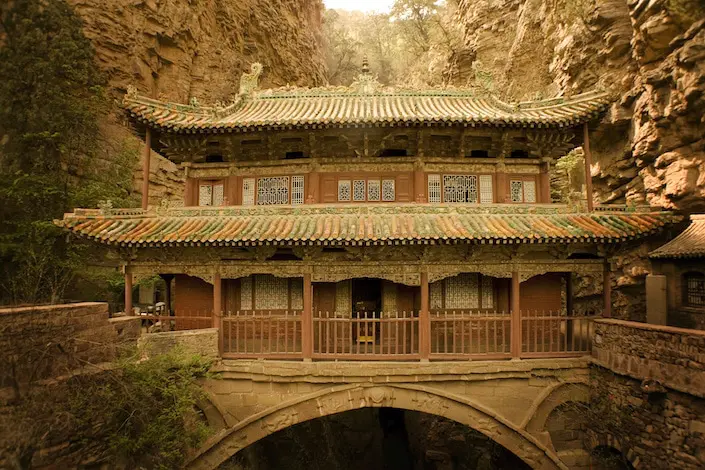Benghazi, one of Libya’s oldest cities, is a treasure trove of cultural heritage and history. Known for its deep-rooted traditions, architectural marvels, and unique identity, Benghazi stands as a symbol of Libyan pride. Its rich history, from ancient civilizations to modern times, has shaped the city into a vibrant hub of culture. This article delves into the cultural sites, traditions, and customs that make Benghazi a must-visit destination for history buffs and culture enthusiasts alike.
A Historical Overview of Benghazi
Benghazi’s history stretches back over 2,000 years, serving as a vital port city in the ancient Mediterranean world. Initially founded by the Greeks as Euesperides in the 6th century BCE, it grew into a significant part of the Cyrenaica region. Under Roman rule, it prospered further, becoming a cultural and economic hub. In the modern era, Benghazi played a key role in Libya’s fight for independence and later emerged as a center for political and cultural movements.
The city’s historical background is pivotal to understanding its present-day cultural richness. Its long-standing tradition of trade and commerce has allowed various cultures and influences to blend, giving Benghazi its unique character. The architecture, festivals, and local customs reflect the city’s historical transitions from Greek, Roman, and Ottoman periods to modern Libya.
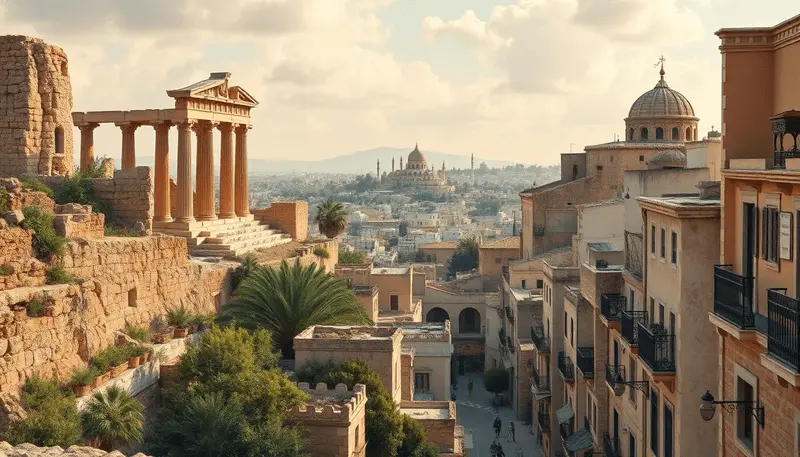
Key Cultural Sites in Benghazi
Benghazi Cathedral
One of the most iconic landmarks in the city is the Benghazi Cathedral. Built in 1939 by the Italians during their colonization of Libya, this structure is an architectural marvel. The cathedral features two tall towers and a dome, showcasing a blend of European and North African design elements. Although it fell into disrepair after World War II, restoration efforts are underway to preserve its historical significance.
As one of Libya’s cultural centers, Benghazi has always been a melting pot of Mediterranean influences. Its proximity to the Mediterranean Sea and connections with major cities like Cairo (Al-Qahirah) allowed the city to absorb elements from various cultures, including Greek, Roman, and Arab traditions.
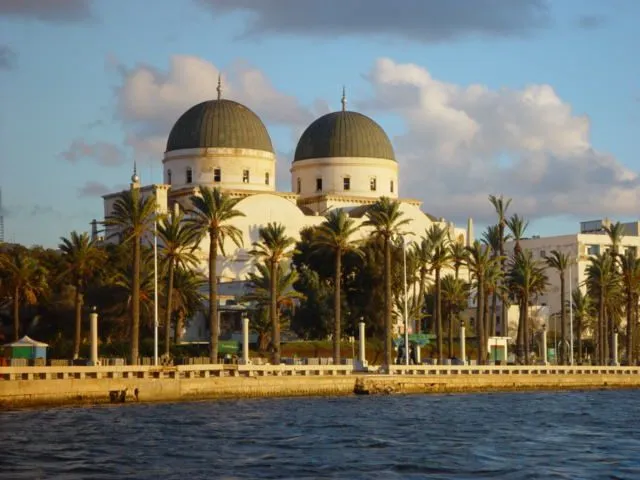
Cyrene
Though located near Benghazi, the ancient Greek city of Cyrene is an important part of the region’s cultural heritage. Founded in 630 BCE, Cyrene was one of the principal cities of the Greek world and later the Roman Empire. Its ruins include a vast necropolis, temples, and an amphitheater. Visiting Cyrene offers insight into the ancient civilizations that influenced modern-day Libya, and it’s recognized as a UNESCO World Heritage site.

Benghazi Old Town (Medina)
The Old Town, or Medina, is another cultural highlight. Its narrow streets and traditional markets give visitors a glimpse into Benghazi’s past. The Medina is home to several mosques, old Ottoman-era houses, and shops where artisans continue to practice ancient crafts. Exploring the Medina allows you to experience the blend of cultures that have shaped Benghazi over centuries.
The Role of Benghazi in Libya’s Cultural Identity
Benghazi’s role in shaping Libya’s cultural identity is profound. As a city known for its revolutionary spirit, it has long been a center for political and cultural expression. The many festivals celebrated in the city, including the Benghazi Cultural Festival, clearly showcase local music, art, and dance. Benghazi has produced many notable Libyan musicians and poets. Arabic and Mediterranean styles heavily influence the city’s music scene. Traditional instruments like the oud and darbuka take center stage. Benghazi’s literary scene also thrives. Local poets and writers contribute significantly to Libyan and Arabic literature. The city’s cultural vibrancy is reminiscent of events like the Oceans Calling Festival, where music and art come together to celebrate creativity.
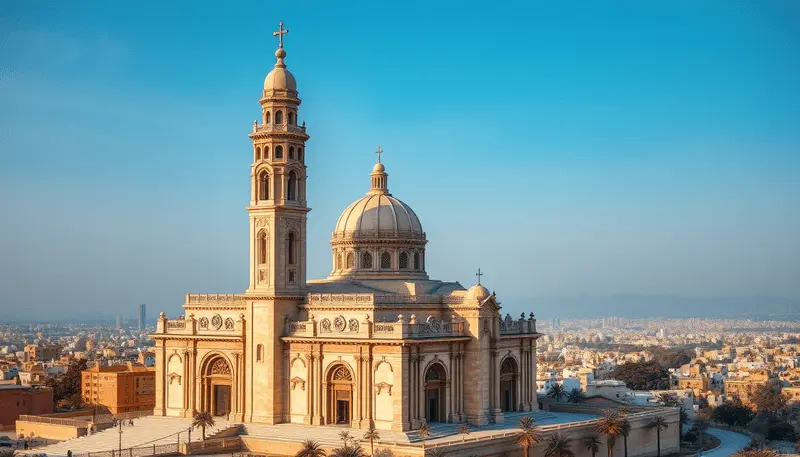
People in Benghazi celebrate local customs, such as traditional Libyan weddings, with much fanfare.
These ceremonies are a vivid display of cultural heritage, featuring traditional clothing, music, and rituals that have been passed down for generations. Additionally, the city’s dialect, influenced by Arabic and Berber languages, reflects the rich cultural tapestry of Benghazi.
Cultural Preservation and Challenges
The cultural preservation of Benghazi’s landmarks and traditions has faced significant challenges, especially due to the conflicts that have affected Libya in recent decades. Many historical sites were damaged, and efforts to restore them have been slow but steady.
Several international and local organizations are working on preserving Benghazi’s cultural heritage. For example, UNESCO has been involved in the conservation of ancient sites like Cyrene and other Libyan landmarks. Additionally, local organizations are helping to restore the Benghazi Cathedral and protect the city’s old mosques and Ottoman-era buildings. Explore the Beauty of Albiania’s Stone City.

Traditions and Art in Benghazi
Benghazi is a city of rich artistic traditions, from music to crafts. Traditional Libyan music, especially malouf—a genre that blends Andalusian, Berber, and Arab influences—is an important part of the city’s cultural scene. Festivals often feature live performances of malouf music, accompanied by the oud (a stringed instrument) and darabukka (a drum), creating a lively atmosphere that celebrates Benghazi’s vibrant spirit.
Local crafts play a key role in Benghazi’s culture. Artisans have practiced traditional pottery, weaving, and leatherwork for centuries. They pass down their skills through generations. Visitors can still find handmade crafts in Benghazi’s markets. These crafts offer a tangible link to the city’s past, much like the cultural heritage of Quebrada De Humahuaca.
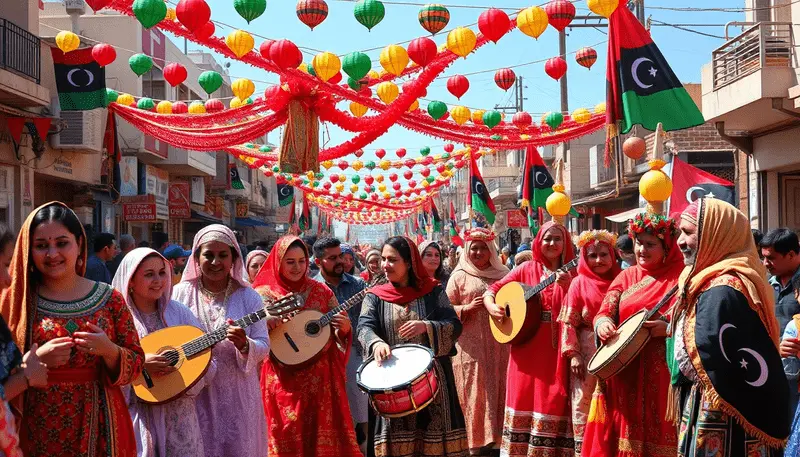
Benghazi is also known for its traditional clothing. Women wear elaborately embroidered dresses and veils during special occasions, while men don traditional jard, a long tunic, and a distinctive ghutra, a type of head covering.
Benghazi’s Influence on Libyan Cuisine
Benghazi plays a key role in shaping Libyan cuisine, which is known for its flavorful and aromatic dishes. The city’s location on the Mediterranean coast means that seafood is a staple, with dishes like marmite el samak (fish stew) being especially popular.
Other traditional dishes in Benghazi include bazeen, a dough-based dish served with lamb or chicken, and asida, a sweet porridge often eaten during religious festivals. Spices such as cumin, coriander, and cinnamon are commonly used, reflecting the city’s historical role as a trading hub. Learn about Shabbat Times New York.
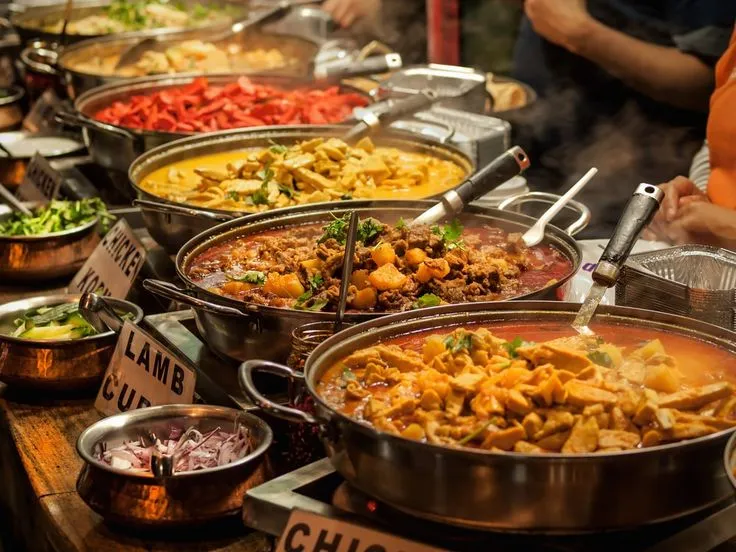
Benghazi’s food culture is not just about taste—it’s about community. Meals are often large gatherings where families and friends come together, emphasizing the importance of social bonds in Libyan culture.
Cultural Preservation Efforts and Challenges
Although many cultural sites in Benghazi were damaged during recent conflicts, restoration efforts are gaining momentum. UNESCO and local organizations are working hard to preserve the city’s historical landmarks. The Benghazi Old Town is one of the key areas undergoing restoration to save its historic architecture, while modern initiatives are also helping to keep traditional art forms alive.
Conclusion
Benghazi is more than just a city; it is a symbol of Libyan cultural pride. Its historical sites, unique traditions, and rich culinary heritage offer a glimpse into the heart of Libya’s past and present. Whether you’re exploring the ancient ruins of Cyrene or savoring a traditional Benghazi dish, the city invites you to experience its vibrant culture.


